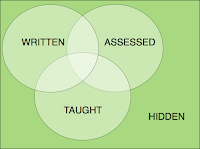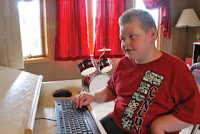Part 4: Teaching Strategies for Students with Asperger’s and High-Functioning Autism – Problems with Generalizing

Many students with Asperger’s (AS) and High-Functioning Autism (HFA) are unable to generalize the skills that they learn. For instance, the teacher may inform the student how to respectfully address a teacher. Normally this skill would then be generalized to any adult in a position of authority. However, a student with AS or HFA is likely to only apply the skill to the individual initially used as the target of respect in the learning process. The student will probably not apply this behavior to a principal, dean, or police officer. The inability to generalize can also pose a problem in classroom assignments. For example, giving the direction to open a math book to a certain page does not communicate to additionally begin solving the problems. Thus, teachers should verbally give all the steps necessary to complete an assignment rather than assuming the AS or HFA student will know what comes next. There are additional techniques that have been used in assisting “spe


